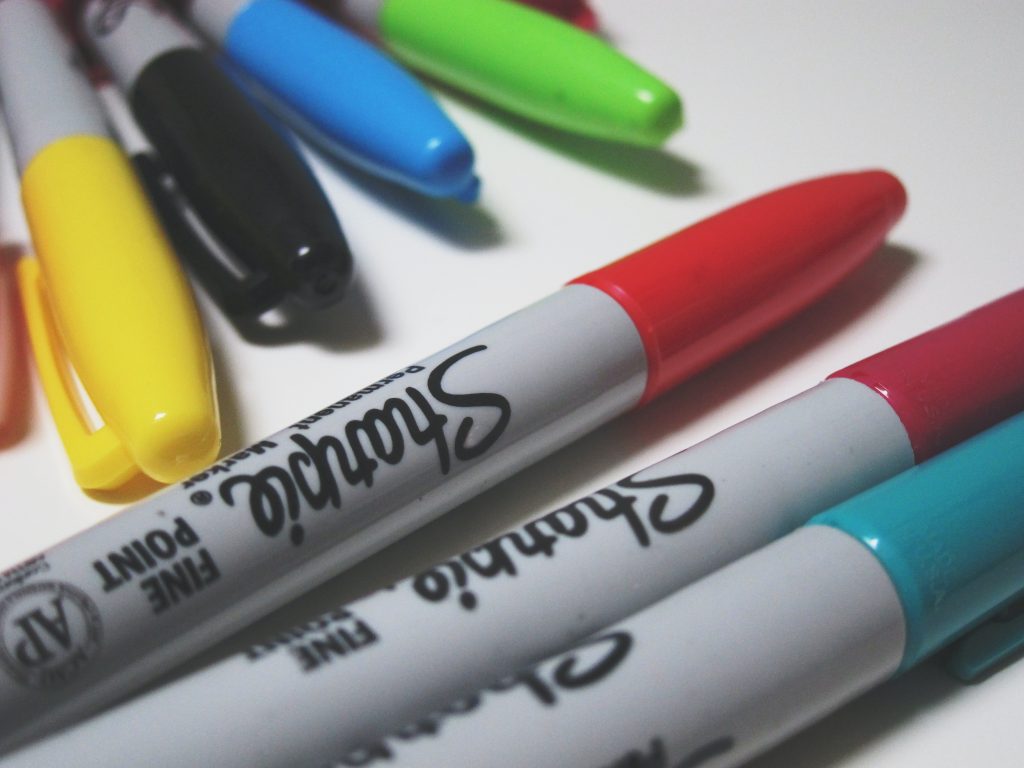Activities to Help Students Make Text Predictions
Sharing is caring!
While reading and viewing, I find that my students have difficulty maintaining focus, so one of the strategies I use to help them be more active readers and viewers is predicting. Making predictions boosts engagement because students are more invested in what they are reading, to see if their predictions were correct.
Placemat Predictions
- Before reading, provide groups with a large piece of paper and markers. The paper should have a placemat template on it, which is when the page is divided into four with a space in the centre for a group consensus.
- Ask groups to predict what they think a story will be about based on one aspect. Predictions could be based on the title, cover image, back cover synopsis, etc.
- Group members make their predictions in their section of the placemat, discuss as a group, then record one group prediction in the middle box and present to the class.
- Digital option: instead of paper and markers, groups can collaborate on a Google Slide with the placemat template.
Graffiti Predictions
- Before beginning a class text, read aloud the first paragraph, page, or chapter, and then conduct a graffiti activity by providing groups with chart paper and markers. Groups will list all of the character traits they feel represent the main character.
- Groups then share their graffiti page with the class.
- Graffiti papers can be revisited throughout the reading to see how accurate they were in the portrayal of the main character.
- Digital option: Record the teacher read-aloud as a video, then have students complete the graffiti activity on a Jamboard or collaborative Google Slide, then share with the class through a gallery walk where students review all of the files/slides.
Snowball Predictions
- Before reading, ask students to write down a prediction of what they think the story will be about, then crumple up their papers and throw them into one pile in the classroom.
- Students pick up a new “snowball” and read the prediction to themselves, then write down whether they agree or disagree with the prediction, and provide reasoning.
- Students can then share with the class or small groups.
- Digital option: Students can create “digital snowballs” on a Jamboard or collaborative Google Slide and then choose someone else’s snowball to reflect on.

Fishbowl Predictions
- At different points in a read-aloud, conduct a fishbowl activity with small groups. In a fishbowl activity, students discuss a topic in their “fishbowl” while other students outside the fishbowl listen in.
- You can provide each group with a different prediction question at each stopping point, or have each group take a turn being the fishbowl at each stopping point.
- Digital option: Conduct the read aloud and fishbowl discussions on an online meeting platform like Google Meet or Microsoft Teams.
Four Corners Predictions
- At different points in a read-aloud, conduct a fishbowl activity with small groups. In a fishbowl activity, students discuss a topic in their “fishbowl” while other students outside the fishbowl listen in.
- You can provide each group with a different prediction question at each stopping point, or have each group take a turn being the fishbowl at each stopping point.
- Digital option: Conduct the read aloud and fishbowl discussions on an online meeting platform like Google Meet or Microsoft Teams.
Sketchnotes Predictions
- Before reading, ask students to create a sketchnotes page of predictions. Ask them to include their predictions based on the title, front cover image, back cover synopsis, first paragraph, and any other criteria you would like. With sketch notes, students can write, doodle, draw, add color, and be creative with their representation of ideas, almost like a stream of consciousness.
- After reading, students can review their sketchnotes and write a reflection about how close their predictions were.
- Digital option: create a sketchnotes page on a Google Slide by adding text and images.

One-Pager Predictions
- Provide students with a one-pager template or ask them to create their own with various boxes or shapes containing different types of predictions about the text they are about to read. Predictions can be based on the title, front cover image, back cover synopsis, first paragraph, main character’s name, setting details, etc. A one-pager can be a combination of written information and visuals.
- Digital option: one-pager templates can be created on a Google Slide where students add text boxes and copy and paste images or visuals on top of the template.
Leave a Reply Cancel reply
© Mochas and markbooks 2025 | Template by Waymaker Designs |